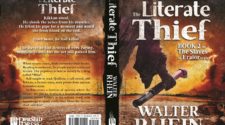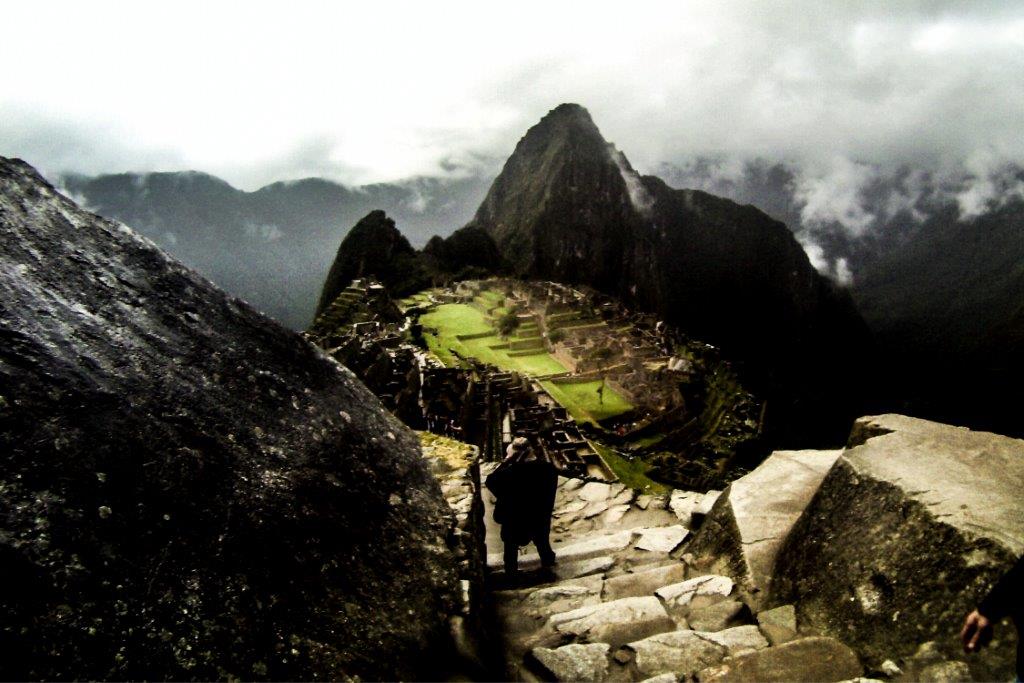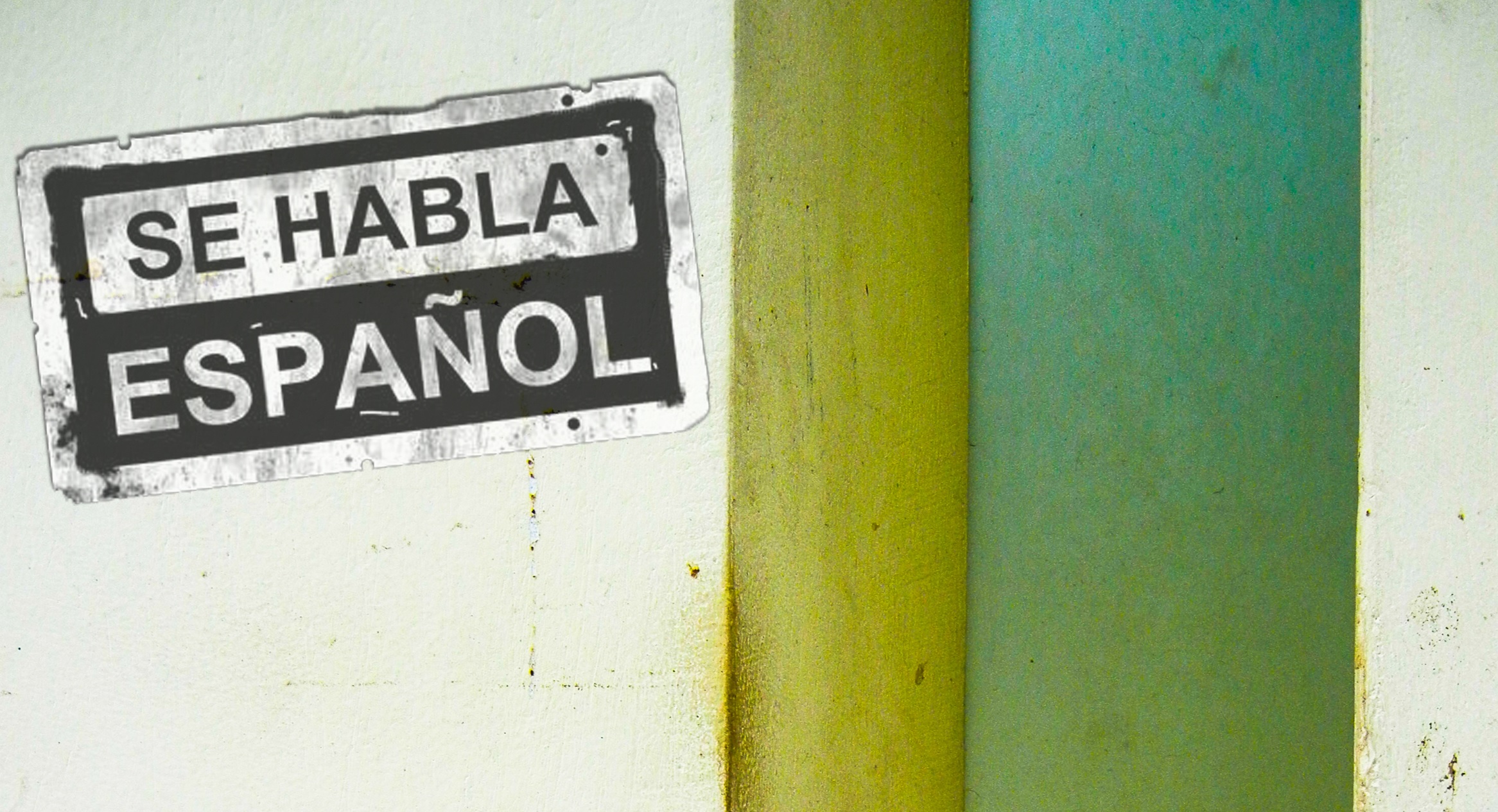Last weekend a dozen students from Harvard came to Lima to hold the Harvard National Model United Nations Latin America (HNMUNLA for short) conference. For the third time. At the same place as the APEC was held. Yet chances are you haven’t heard about Model United Nations, or MUN as we like to call it.
That’s about to change. MUN is quickly inserting itself into schools all over Lima and beyond. And it couldn’t come at a better time.
What is Model United Nations?
As the name implies, MUN is a simulation of the United Nations procedure. Individuals represent a particular country in a specific committee. A typical MUN event has anywhere from 5 to 20 separate UN bodies discussing a variety of topics, from the rights of women, to technology in warfare.
Delegates are expected to know their topic well enough to comment on any aspect of it that arises during the debate. But there’s a catch: Your country’s policy. Obviously North Korea would have a very different response to questions about nuclear weapons than, say, its Southern counterpart. And the Solomon Islands probably has a complaint to file.
After studying the problem and analyzing your country’s policy, you need to bring some kind of proposal to the committee. How would your country address this issue? That’s where the fun is in MUN. Ideas need to be creative, well-developed, but also flexible to allow for collaboration with others.
MUN in Lima
I’m not the official scribe of the MUN society, but the first real major conference on the map was LiMUN (Lima Model United Nations), formerly held at the University of Lima. Inspired by Harvard’s flagship events, LiMUN aimed to bring the game to Peru. It succeeded. I recall going in 2014 during my first year working at Antonio Raimondi. I had no idea what was happening, but the topics and committees seemed interesting. Students met people from other parts of the country, and discussed issues most teenagers never consider for more than a fleeting second.
As a teacher, it just felt right. There was clearly educational value to it. I made it a goal to expand our school’s participation in MUN. Clearly I wasn’t the only one.
Today you can find over a dozen MUN events held every year by private schools in Lima. Well over 20 private schools are participating actively in most events. And before you think this is just something for the 1%, note that the Colegios de Alto Rendimiento (COARs) of Lima are in on the game too. Colegio Mayor, the top public school in the country, has built up its MUN skills considerably and is now winning awards as well.
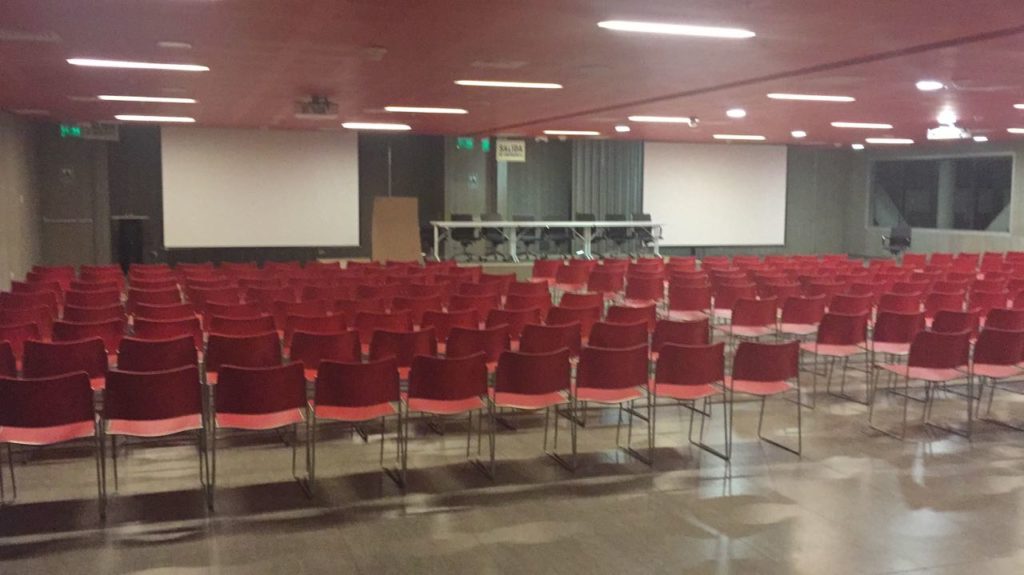
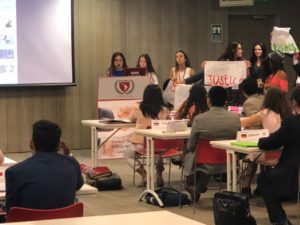
University-level MUN is alive and well. This year 5 conferences attracted the most attention, but ask around and you’ll hear about even more that simply didn’t reach out much further than their own faculties.
What makes MUN great
From a teacher’s perspective, MUN is like a magic wand that enchants kids into studying the topics you beg them to research in school. It’s almost like you’re tricking them into doing their homework. A good MUN delegate walks away with a much deeper understanding of serious global issues than almost anyone else. To see 14 year old students discuss climate change or income inequality, and really demonstrate that they not only know what’s happening, but they have ideas to solve it… That’s special.
Although demand for MUN in Spanish is on the rise, many of the conferences take place in English, which gives students a platform to improve public speaking in the language.
Above all, MUN gives students an opportunity to practice leadership. You cannot win alone. Countries form blocs and attempt to influence the whole room towards their collective goals. Being able to guide total strangers towards your vision of the future is an essential part of the game. Where else are your kids going to do that?
Not in math class. I stand firmly by the assertion that MUN is, by far, one of the most useful after school activities a student can engage in.
Why do we need it now?
I said MUN couldn’t have come at a better time. When you look at the political environment in Peru now, it’s as toxic as it could be. MUN has the potential to change that. Teaching diplomacy, negotiation, and compromise, MUN creates better people. It encourages individuals to be diplomats, not politicians. Perhaps this generation could be the force behind a true change in Peruvian politics.
So, if you’re interested…
If you have kids in school, find out if they have a MUN program already in place. Many schools have a full training program established where kids stay after school to practice MUN. Such is the case in the winningest schools, like Villa Maria, Santa Maria, Villa Caritas – San Pedro, and Carmelitas, among others.
Some schools participate but dedicate little energy to training and practice for the events. It ends up falling on the school’s best delegates to organize training sessions at students’ homes. If you find this is the case for your school, ask them to invest in a proper program. Kids can do a great job, but without an experienced adviser, they may get frustrated and lose interest.
Such was the case in Raimondi a couple years ago. Now we’re in our second year of a full development program, and the results have exceeded expectations.
And if your school does nothing in MUN? Find out when the next major school event is going to be and ask if your school can send some people as observers. Just one look at MUN might be all your school needs to jump start a program and transform students into delegates.
Or, do it yourself
If you’re in university, ask about the inter-university debate teams such as the Peruvian Debate Society or Peruvian Universities.
Teacher reading this? No problem. PRIDE Peru, a major organizer of MUN events in the country, hosts MUN for Teachers (MUN-T) every year.
Or just send me a message. As a member of both Peruvian Debate Society and PRIDE Peru, as well as the main MUN teacher for Antonio Raimondi, I can help you get started.


